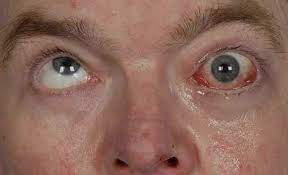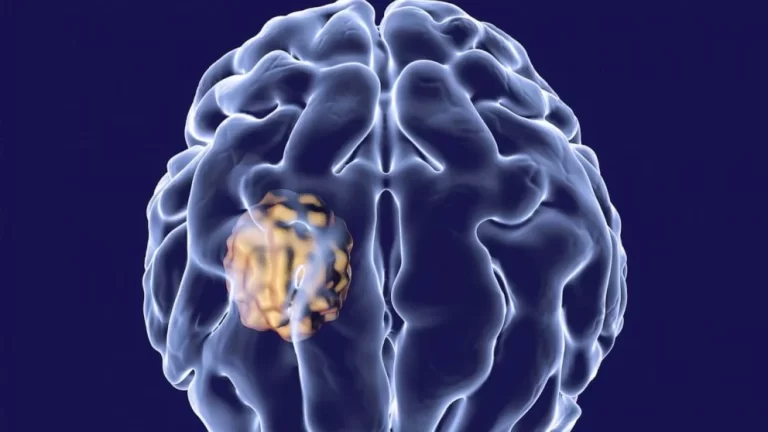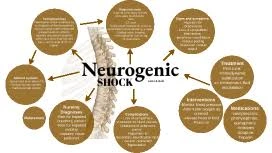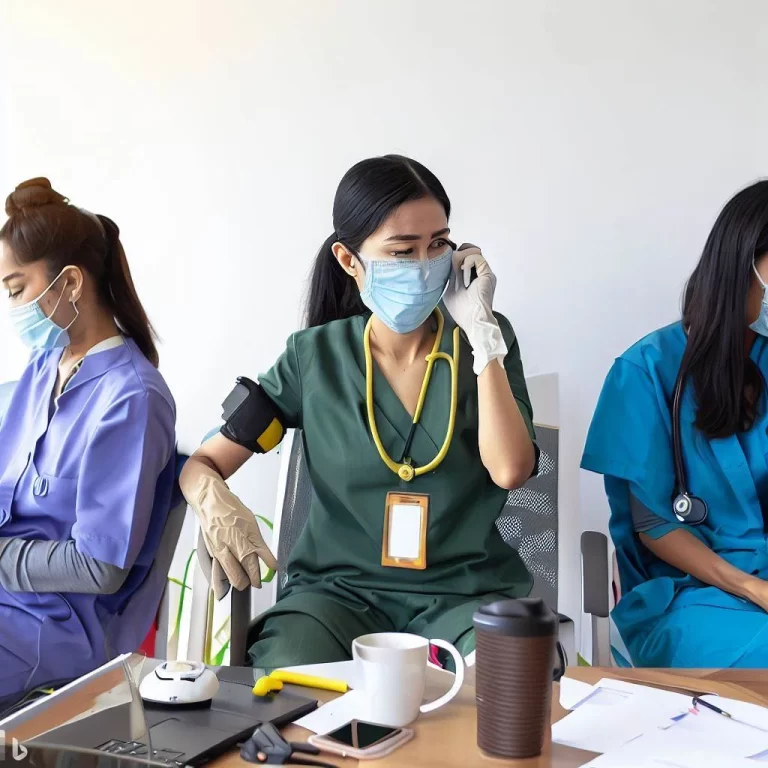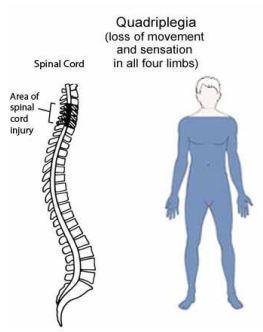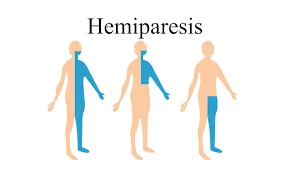Guyon Canal Syndrome (Ulnar tunnel syndrome)
What is a Guyon Canal Syndrome? Guyon Canal syndrome, also known as ulnar tunnel syndrome or ulnar neuropathy at the wrist, is a condition that affects the ulnar nerve as it passes through a narrow space called the Guyon’s canal. Clinically Relevant Anatomy The boundaries of the Guyon Canal are: Causes of Guyon Canal Syndrome:…


